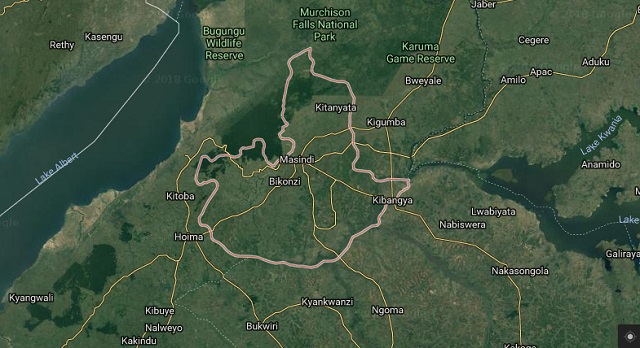
Conservationists are aware of the conflict and have been devising means of win-win co-existence between the apes and humans. One international conservation agency, the Jane Goodall Institute, are partnering with the communities around forest reserves to equip them with tips of co-existing with the chimps. The Jane Goodall Institute is championing the conservation of chimpanzees in the Bunyoro sub-region.
Robert Atugonza, the Natural Resources and Livelihood Officer at the Jane Goodall Institute, recently told a group of journalists that the aim is to reduce the conflict between ape and man in this region.
Atugonza says the institute supports the communities to venture into new ways to earn a living away from further encroaching on the remaining forests. The organisation supports income generating activities such as piggery, goat rearing, and apiculture.
“We have supported these communities with money generating activities to reduces their over dependency on natural forests where they collect fire wood, harvest timber for money and collect water for domestic use,” Atugonza said, “That is how the conflicts have been escalating.” he added.
Jane Goodall Institute has also partnered with other organisations to drill a borehole in one village to prevent locals from collecting water in the woodlands to avoid clashes with the chimpanzees.
Time for eco- philanthropy
Such conflicts are well described in a book by Craig Packer; a professor of ecology, evolution and behaviour at the University of Minnesota and Director of the Lion Research Centre—an affiliate of Oxford University’s Wild CRU. Packer who has written about the growing human-wildlife conflict in a paper: `The Conservation Conundrum in Africa: Why can’t Wildlife Pay its Way?’ says the conflicts are likely to worsen as Africa’s human population grows.
Packer says across Africa, the largest mammals have suffered catastrophic population declines over the past 50-100 years and this has been mainly caused by the assumption that wildlife must pay its own way.
He says although wildlife conservationists have traditionally sought to maintain healthy co-existence between humans and big mammals using money from tourism, it has not worked so far.
Packer says among the recent successes he has reviewed none has relied on the profit motive but on a combination of eco-philanthropy, enlightened land tenure policies and traditional values.
 The Independent Uganda: You get the Truth we Pay the Price
The Independent Uganda: You get the Truth we Pay the Price


